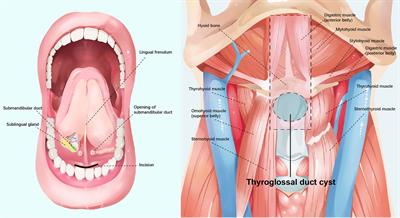ORIGINAL RESEARCH
Published on 25 Jul 2022
The utility of sentinel Lymph node biopsy in the lateral neck in papillary thyroid carcinoma

doi 10.3389/fendo.2022.937870
- 1,451 views
- 6 citations
14k
Total downloads
54k
Total views and downloads
ORIGINAL RESEARCH
Published on 25 Jul 2022

ORIGINAL RESEARCH
Published on 22 Jul 2022

ORIGINAL RESEARCH
Published on 05 Jul 2022

ORIGINAL RESEARCH
Published on 30 Jun 2022

ORIGINAL RESEARCH
Published on 22 Jun 2022

ORIGINAL RESEARCH
Published on 16 Jun 2022

ORIGINAL RESEARCH
Published on 09 Jun 2022

ORIGINAL RESEARCH
Published on 31 Mar 2022

METHODS
Published on 18 Feb 2022

ORIGINAL RESEARCH
Published on 17 Feb 2022

ORIGINAL RESEARCH
Published on 08 Feb 2022

ORIGINAL RESEARCH
Published on 21 Jan 2022
